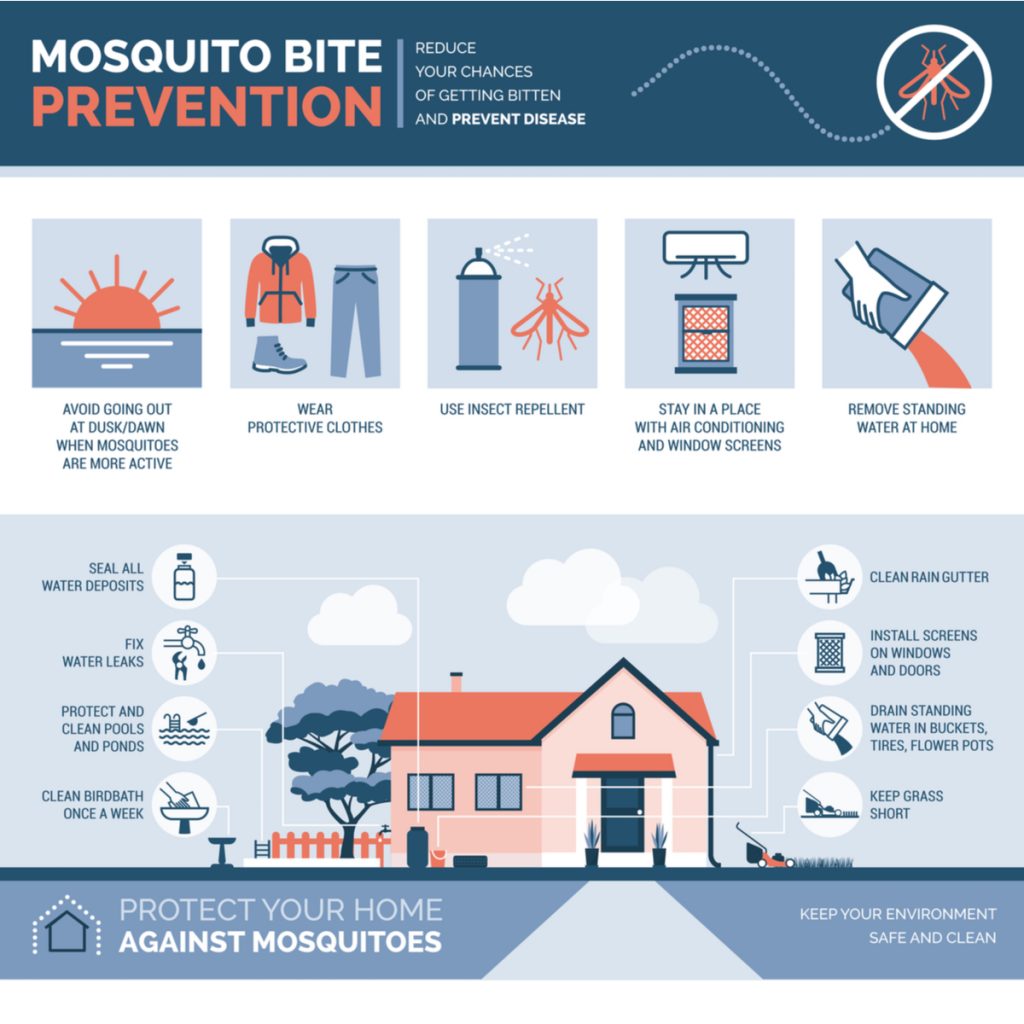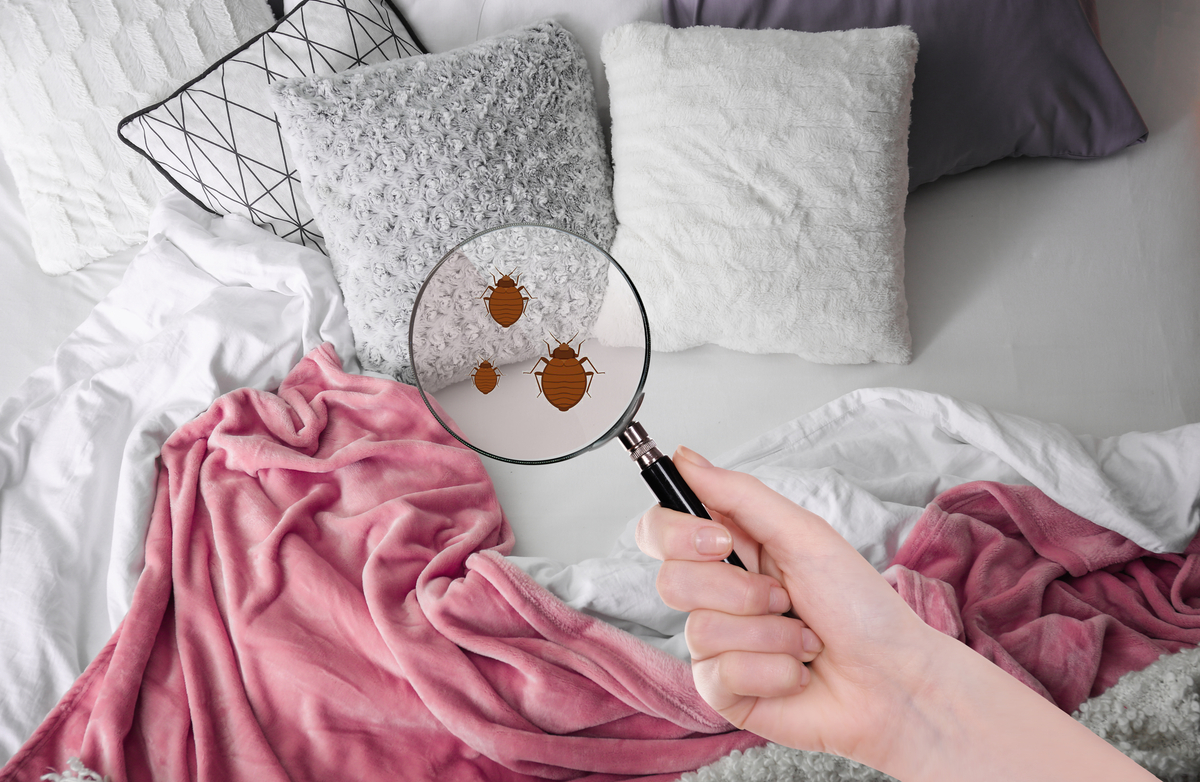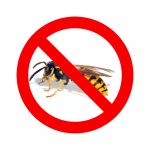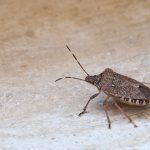Think twice before picking up these products
Mosquitoes can quickly ruin any summer evening. These tiny menaces can start biting within minutes of leaving your house. For years, the only option was mosquito repellent sprays containing DEET. But covering your skin in a sticky chemical spray doesn’t sound appealing either. As a result, companies have been innovating new products to control these tiny insects, but many of them don’t work. Here’s a list of ones to avoid.
Sound repellents
Whether it’s a dedicated device or a smart app on your phone, ultrasonic devices claim that by emitting certain frequencies mosquitos are sensitive to, they can drive them from an area. The theory is by mimicking the sound of the mosquito’s predator, the dragonfly, mosquitos will naturally want to stay away. The theory makes sense on the surface, but these devices do not work. If they did, you would never see mosquitos in the same vicinity as dragonflies.
Repellent plants
The myth of the mosquito repellent plant pervades the whole world. Lavender, catnip, eucalyptus, lemongrass citronella, mints (peppermint, horsemint, mint), lemon balm, marigolds, petunias, basil, and dozens of others fill this list. While it’s tempting to believe that by adding a few to your landscape, you are guaranteed a reduction of mosquitos, they are not effective at repelling mosquitos over a large area. Unfortunately, the plants do not generate enough fragrance. It isn’t the plant, but the extracts from them plant that can be used to repel mosquitos.
Natural repellents
Natural mosquito repellents are a tempting alternative to slathering our children with a known neurotoxin. However, most natural repellents are not effective. Since these products do not use potentially harmful chemicals, they are regulated differently and do not have to prove their efficacy before being released. The most effective natural repellent is lemon-eucalyptus oil (sold as Repel®) However it is not as effective as DEET and is not recommended for heavily infested areas. It also needs to be reapplied to maintain effectiveness.
Citronella and other scented candles
Completely useless. I have personally seen dead mosquitos in my citronella candles, and in 2018 the FTC shut down a company’s claims of a mosquito repellent candle. They don’t work.
Wristbands
Another ineffective product shut down by the FTC. In 2016 a company was ordered to pay $300,000 when their mosquito control wristbands were found to be ineffective. Current products are not much better according to Consumer Reports testing.
Clip on fans
Rather than apply chemicals to your skin, this product surrounds you in a toxic fog which you can breath in. They also don’t provide effective protection since the repellent will blow away with even a small breeze and won’t follow you as you move.
Effective Mosquito Protection
While most mosquito repellent systems are not effective, there are steps you can take to protect yourself. DEET is the most effective repellent on the market. It is safe for most people, including children aged 3 years and up if used as directed. Picaridin (sold as Cutter) is another strong alternative. If you must use a natural product, choose a lemon-eucalyptus oil (such as Repel®) but keep in mind it isn’t as effective as chemical products.
Take steps to make you yard less appealing to mosquitos. Remove any sources of standing water. Mosquitoes can breed in the smallest pools of water. By carefully controlling water in your yard, you can help reduce you local population.
Consider a mosquito control system, either propane or electric based. These systems run continually removing large number of insects from your yard. While there haven’t been any definitive studies on whether this will impact the population in your yard, fewer mosquitoes breeding should mean fewer mosquitoes.
Summer fun doesn’t have to end when the sun goes down. Knowing which mosquito repellents work and which ones to avoid will mean you and your family can focus on making memories, not scratching bites.












Recent Comments